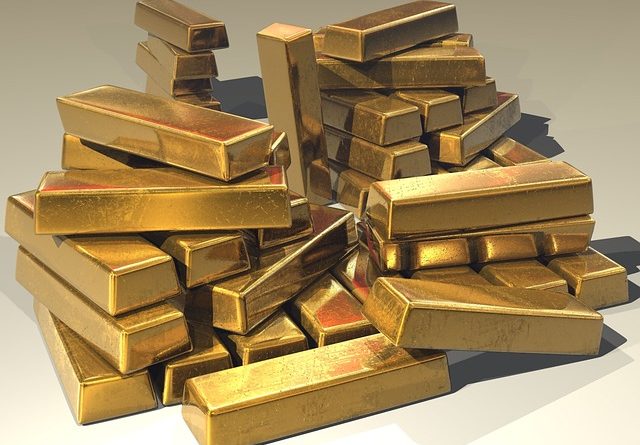US Money Reserve Explains What Led to Gold’s Recent Unprecedented Rally
As U.S. Money Reserve President Philip N. Diehl noted in a recent “Market Insider” report the company published in September 2024, gold prices had risen by $700 per ounce — or 40% — over the previous 10 months, reaching a new high of $2,500 per ounce on August 16.
Since then, gold’s price has risen even higher. On September 26, the precious metal climbed to its current record of $2,685.61 per ounce.
According to Diehl, several factors have led to extraordinarily strong demand for gold — including concerns about future and current wars, such as the conflict that began when Hamas attacked Israel in October 2023, which has since spread to involve Yemen, Lebanon, and Iraq.
In addition, Russia is in its third year of war with Ukraine; neighboring countries — including Finland, the Baltic states, and Poland — are preparing for conflict; and China is becoming more aggressive toward Taiwan and the Philippines, Diehl says.
“As a result of these current and potential conflicts, Japan, South Korea, Australia, and Vietnam are aligning closer to the U.S., and there’s the ever-present nuclear saber rattling from North Korea,” Diehl says. “I do not expect peace to break out in any of these theaters, so geopolitical worries will build, and gold prices will rise.”
Additional Elements
Speculation about potential Federal Reserve interest rate cuts has also helped drive gold’s recent rally, Diehl said.
After leaving the target range for the federal funds rate unchanged since July 2023, the Fed’s Federal Open Market Committee reduced the range by 0.5 percentage point at its September 2024 meeting, moving it from 5.25–5.5% to 4.75–5%.
Further rate cuts could help push gold’s price higher, according to Diehl.
“Falling interest rates boost gold prices by eroding the appeal of Treasury bills as competition to gold and by lowering the value of the dollar,” he says. “A weaker dollar makes gold cheaper for the vast majority of global gold buyers who trade in currencies other than the dollar. I expect these monetary forces to support rising prices for at least another year or two.”
Diehl also identified central banks’ gold-buying habits as a factor that has impacted gold’s price.
The People’s Bank of China, in particular, has purchased a significant amount of physical gold in the past two years because it has needed to diversify its unbalanced reserves and because China is hoping to insulate itself from dependence on the U.S. dollar, he says.
“China sees how the West has used the dollar to punish Russia, Iran, and North Korea,” Diehl said. “I expect this trend, too, to intensify as tensions with the West rise.”
On the supply side, mining companies’ inability to meet the demand for gold, according to Diehl, is another key factor influencing the precious metal’s price.
Mining organizations are facing challenges such as countries becoming less politically stable and friendly to the United States, increased environmental and labor constraints, and gold being found in convenient locations less frequently than before, he says.
With gold harder to locate and more expensive to extract, miners may raise prices to cover their costs, which Diehl says could help gold’s price surge even higher.
“When prices rise for new gold, the value of the gold you own — or could have owned if you had bought, say, six months ago — rises, too,” he says. “Gold is not going to get less expensive to mine. It will become more expensive, so it’s not too late to get in on this rally.”

